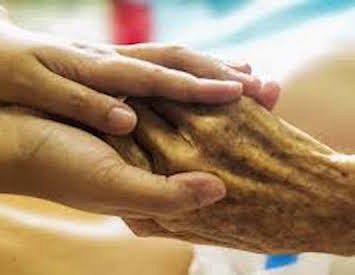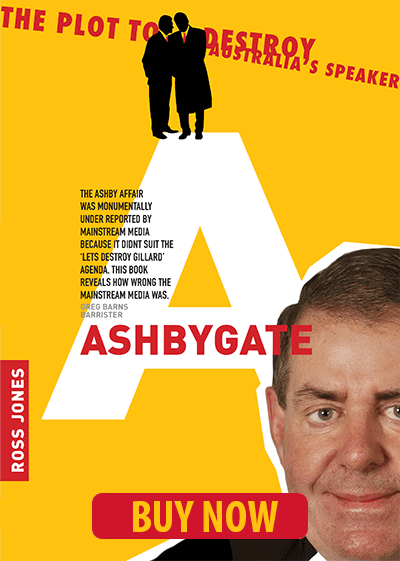Despite the Federal Government's talk of "caring for the carers", the reality is a massive hole in aged care policy, where private aged care operators are financially rewarded and family carers ignored, writes Scott Hyams.
GROWING OLD is a time to enjoy the fruits of your labour.
That is, of course, unless you are one of the 413,106 Australians diagnosed with dementia. This insidious disease that is becoming more prevalent in our ageing population now affects one in three people over the age of 85.
How do we care for these people who are not able to care for themselves?
The options are very limited. They can either placed in an aged care facility or a family member or friend cares for them in the community.
Presently in Australia, 196,490 determined informal carers are looking after their loved ones at home. This is an extremely hard gig. There are no weekends off, it is a 24/7 commitment that tests the carer physically, mentally and financially.
It would stand to reason that informal carers would have full support from the Federal Government. In fact, nothing could be further from the truth.
I recently sought to take a break from caring for my 86-year-old mother, who is living with dementia. Government subsidised breaks known as "respite care" are an opportunity for the carer to take a well-earned breather from this extremely difficult role. As a carer, I have been allocated 63 days of subsidised residential respite care each financial year and, if needed, a further 21 days.
However, the reality is much different. In a vast majority of facilities, there are simply not enough respite places available. The Federal Government, who spruik on a regular basis that they are “caring for the carer”, have a massive hole in their aged care policy.
The industry has been structured to financially reward the private aged care operators and ignore the needs of the informal carers.
The Government thinks so little of our country’s informal carers that the best they can do from the annual aged care residential budget of $10.6 billion is to provide 4,992 respite beds to cater for all 196,490 of us. Yes, less than 2.6% of the 192,370 subsidised beds in aged care facilities are dedicated to respite — giving 1.9 million days of respite, which allows each carer just ten days off each year.
If the promise of 63 days per carer were a reality, the figure would be over 12 million days of residential respite, which equates to 30,000 respite beds.
The chances of this figure changing are extremely unlikely, as the daily government subsidy on a respite bed, at $127.46, is 68% less than the $214.06 subsidy provided for a high care residential bed.
With commercial operators presently at 92% capacity, they have no incentive to offer respite. Why would they when they would be out of pocket $86.60 per day per bed?
Perversely, the Federal Government has actually locked out informal carers from having a break.
Following are some salient statistics that bring into clear focus the charade that is aged care policy in Australia:
- Informal carers, according to a Deloitte Access Economics report, are estimated to save the Federal budget, through their caring efforts, $5.5 billion per annum.
- In contrast, commercial aged care providers, in 2015, increased net profits in residential aged care by 27%, from 2013-2014 to $907 million.
- This was achieved by a net profit before tax, per resident, per annum, in 2015, of $5,221 (up from $4,150 in 2014) — an increase of 25.8%.
As we have seen in many media reports, the profit focus of the aged care providers is often at the expense of providing qualified staff to care for residents. This has led to neglect, willful disregard for the people in their care and in extreme cases, preventable deaths.
It's time that the welfare of our most vulnerable citizens was placed above the never-ending drive for profit.
Rather than continue to subsidise corporate profits, the Federal Government needs to put informal carers and their care recipients first.
Scott Hyams is an advocate for Alzheimers Australia and the informal carer for his 86-year-old mother, who is living with dementia.

This work is licensed under a Creative Commons Attribution-NonCommercial-NoDerivs 3.0 Australia License
Monthly Donation
Single Donation
Care. Subscribe to IA.









